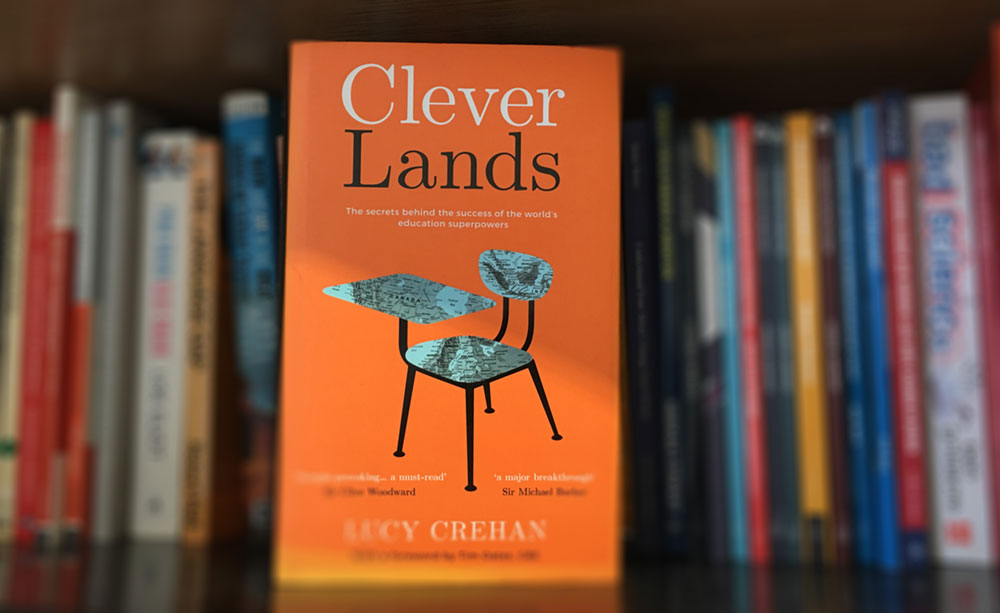Many times, usually in the beginning of each year, I find myself, immersed in thoughts regarding the right course books I should choose for my students.
Other times, (most of the times), this is a decision made by the school owners and as teachers we have to make do with what we have. However, there are many cases where I do not know how useful they are at the end of day; or to state it even better, are they as useful as I would want?
By Blerta Matina Tartari
Benefits of Coursebooks
Good course books should offer a coherent syllabus, satisfactory language control, motivating texts and other “accessories”, such as CDs, application, or video materials. Moreover, if the coursebook is a good one, it provides a powerful stimulus for methodological development.
How to choose the one you need
Asses your students. It is important to take into consideration their level, whether they are B1, B2, C2. The age is also equally important.
Other times, the purpose plays an important role. What books do you choose whose only purpose is to “learn to speak”? Of course there are books for adults but are you always satisfied? What happens when your student want to take the exams of TIE, where the books are rather unnecessary?
Restrictions of Coursebooks
Many of the books rely on PPP: Presentation, Practice, Production. Many times it works perfectly, but there are times where this is not the order you want to follow. We might want to attract our students’ attention by altering the order. In this case, as teachers we can tackle the problem in two ways.
Way 1: Do It Yourself. This is an attractive approach, but it needs a lot of preparation, a lot of involvement with texts and tasks. It needs proper planning and a lot of knowledge so as not to make a mess out of it.
If done correctly, it can offer a dynamic program. If students can see the relevance to their own needs, they will be extremely motivated. However, it always runs the risk that students will end up with incoherent collections of different materials.
Way 2: Change and Replace Parts of the Coursebook
In this case, we decide what we need from the specific coursebook. When there are texts or exercises that we find rather boring or not very substantial, then we can start making some changes.
What kind of changes?
Adding a role play after a reading text
Creating a situation for extra practice
Re-write an exercise
Replace a text completely. In its place we can add some authentic materials such as an article.
If these changes happen regularly, then the students will be able to see a coherent pattern to what they are doing. But be careful, if we as teachers do it all the time, most probably the students will feel lost.
Conclusion
Whatever we do, the best option is to choose a book correctly.
Ask yourself:
Is it level appropriate?
Do I need to keep lessons as they are?
If I need to change a lot, then I would better choose something more interesting.
Remember, we do not change lessons for the sake of changing, not in order to offer better stimulus to our students.
References
Gavioli, L and Aston, G 2001 Enricehing Reality:Language Corpora in Language Peadagogy. ELT Journal 55/3
Harmer, J 2008 The Practice of English Language Teaching, 4th ed, p181,182



